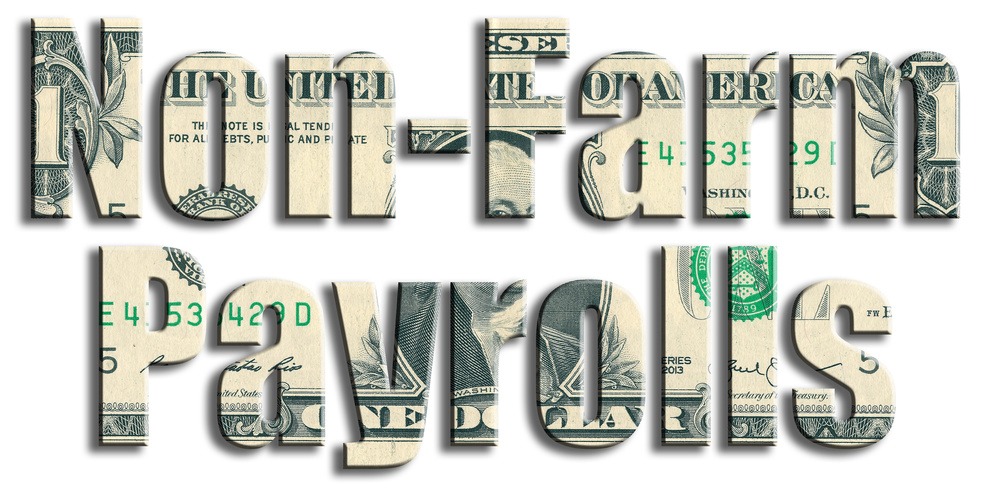The US gained a net of 196K jobs in March. This is a return to normal levels after a dismal number in February (33K after an upwards revision) and superb numbers beforehand. The return to normality provides a sigh of relief for those that feared that February’s number was the beginning of a downturn in the labor market.
On the other hand, wages fell short of expectations with only 0.1% MoM vs. 0.3% expected and 3.2% YoY, below 3.4% that was both expected and seen last time. The salaries numbers are also a return to normal and show there is still some slack in the economy.
Stock market analysts see the report as “Goldilocks”: not too hot and not too cold. On one hand, the economy is doing well, enough to convince investors to buy stocks. On the other hand, pay is not rising quickly, thus enlarging company profits, thus providing another reason to buy stocks.
Goldilocks also for the USD
The same Goldilocks description is relevant to the US Dollar. The upbeat growth in jobs shows that the US economy continues outperforming its peers not only on growth but also in jobs, thus supporting the US Dollar.
On the other hand, the wage data shows the US economy is far from overheating. The US economy is the world’s largest and tends to lead the cycles. If the US economy suffers, the rest of the world suffers even more. And if the US economy is booming, it carries the rest with it, they outperform it and their currencies outperform the US dollar.
But in this case, the US economy is not strong enough to carry the rest on its back. So for the USD, this is a Goldilocks number.
The Fed is set to sit on its hands. It already removed its hawkish bias and shifted to neutral. The report allows it to continue sitting on its hands: not raising rates not cutting them.
The initial reaction was choppy, as the numbers went in both directions. However, the broader trend will likely be of USD strength.
Get the 5 most predictable currency pairs
NFP is good enough for the dollar, not only for stocks
